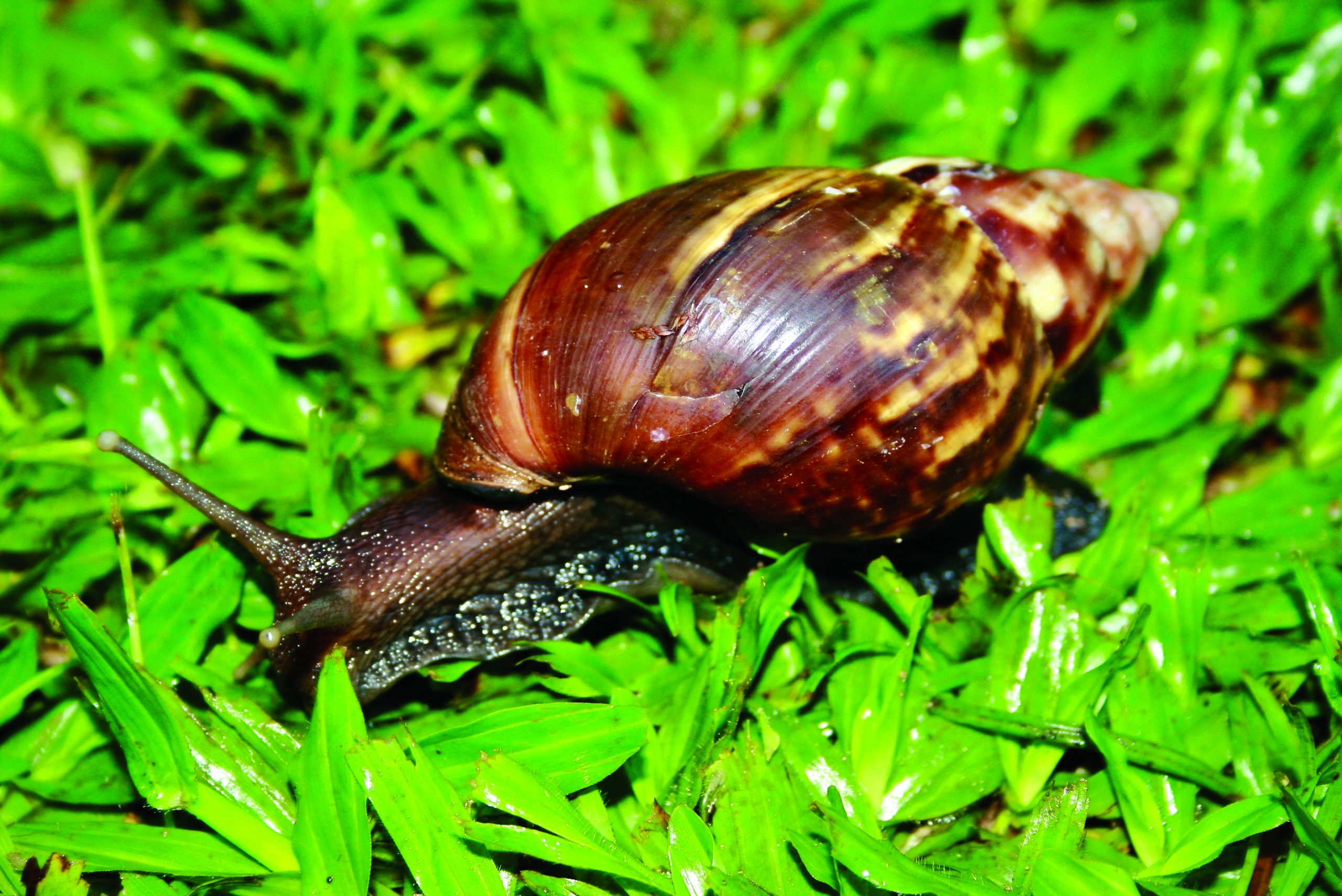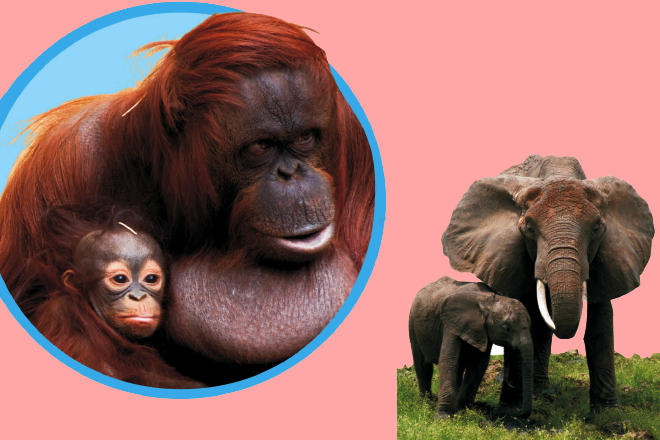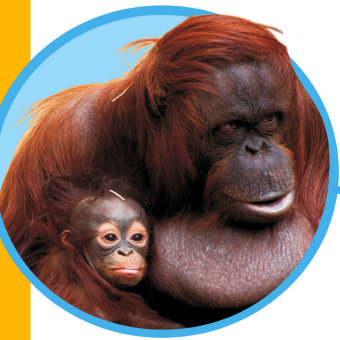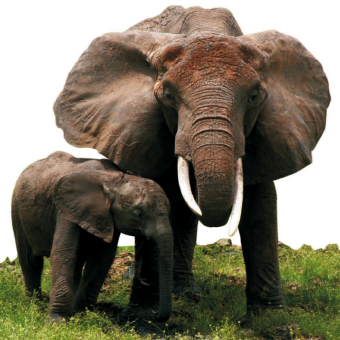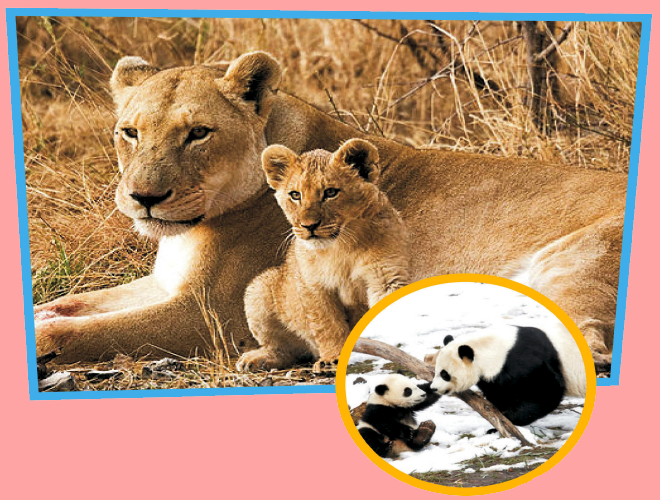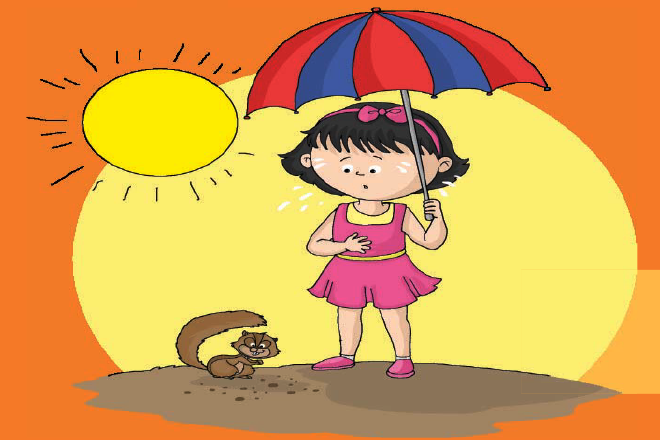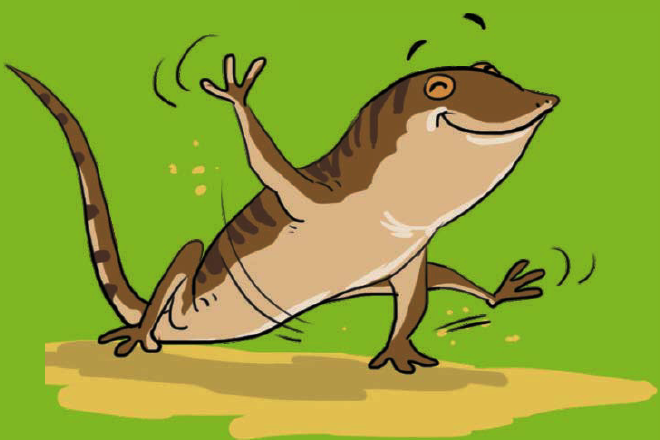Our days run in cycles of 24 hours. We sleep for about 8-10 hours and work and play for the remaining 14. So, we tend to group animals into a 24-hour cycle when we think about their sleeping pattern.
But the sleeping pattern of snails is quite different compared to that of humans. These gastropods (animals that have no spine and has a soft body with a flat base for moving and often has a shell) do not follow the same cycle as that of humans. Their sleep cycle lasts for 2-3 days.
Their sleeping pattern coincides with the weather conditions. Snails go into a deep sleep to avoid the harsh weather because they are dependent on moisture to survive. They hibernate during the cold winters and estivate during the summer.
During hibernation and estivation, they curl up inside their shell and secrete
a layer of mucous that keeps them protected from external conditions.
So unlike humans, they do not care about the sun’s schedule and don’t need to make up for lost sleep.
Both, snails and slugs are gastropods. However, one thing that sets them apart from each other is that snails have shells and slugs don’t.



